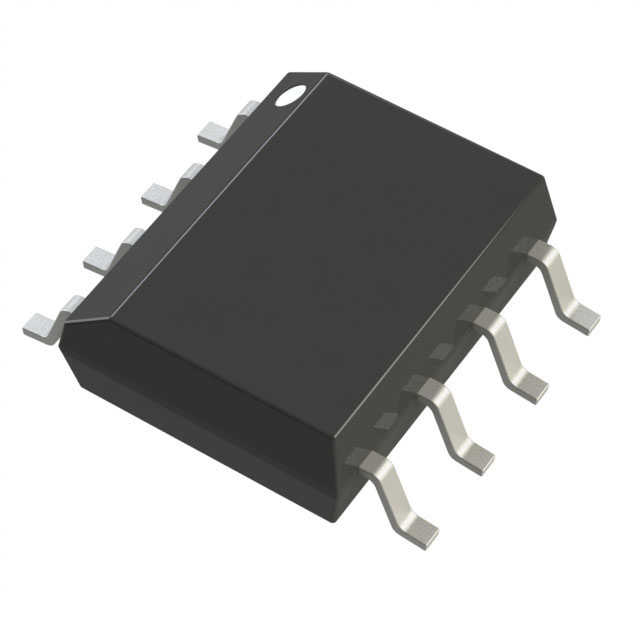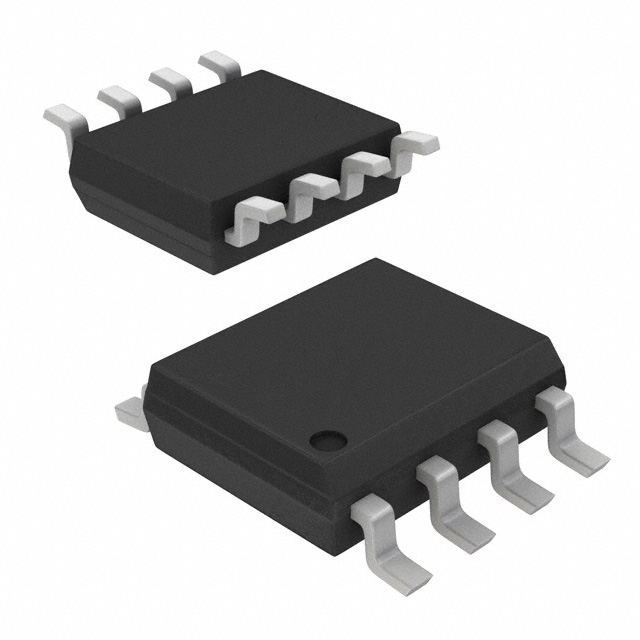MCP6V71T-E/OTVAO
Manufacturer No:
MCP6V71T-E/OTVAO
Manufacturer:
Description:
IC OPAMP ZER-DRIFT 1CIRC SOT23-5
Datasheet:
Delivery:





Payment:




In Stock : 0
Please send RFQ , we will respond immediately.









MCP6V71T-E/OTVAO Specifications
-
TypeParameter
-
-3db Bandwidth-
-
Supplier Device PackageSOT-23-5
-
Package / CaseSC-74A, SOT-753
-
Mounting TypeSurface Mount
-
Operating Temperature-40°C ~ 125°C (TA)
-
Voltage - Supply Span (Max)5.5 V
-
Voltage - Supply Span (Min)2 V
-
Current - Output / Channel26 mA
-
Current - Supply170µA
-
Voltage - Input Offset8 µV
-
Current - Input Bias1 pA
-
Gain Bandwidth Product2 MHz
-
Slew Rate1V/µs
-
Output TypeRail-to-Rail
-
Number of Circuits1
-
Amplifier TypeZero-Drift
-
PackagingTape & Reel (TR)
-
Product StatusActive
-
SeriesAutomotive, AEC-Q100
The MCP6V71T-E/OTVAO is a specific model of operational amplifier (op-amp) integrated circuit chip manufactured by Microchip Technology. Here are some advantages and application scenarios of this chip:Advantages: 1. Low input offset voltage: The MCP6V71T-E/OTVAO has a low input offset voltage, which means it can accurately amplify small input signals without introducing significant errors. 2. Low input bias current: This chip has a low input bias current, which minimizes the current drawn from the input source, reducing the loading effect on the source and improving overall circuit performance. 3. Rail-to-rail input and output: The op-amp supports rail-to-rail input and output voltage range, allowing it to handle signals close to the power supply rails, maximizing the dynamic range and signal fidelity. 4. Wide supply voltage range: The chip can operate from a wide supply voltage range, typically from 2.7V to 5.5V, making it suitable for various battery-powered and low-power applications. 5. Low power consumption: The MCP6V71T-E/OTVAO consumes low power, making it energy-efficient and suitable for portable and battery-powered devices.Application scenarios: 1. Sensor signal conditioning: The low input offset voltage and low input bias current make this chip suitable for amplifying and conditioning signals from various sensors, such as temperature sensors, pressure sensors, and light sensors. 2. Portable audio devices: The rail-to-rail input and output capability, along with low power consumption, make this chip suitable for audio amplification in portable devices like smartphones, MP3 players, and portable speakers. 3. Battery-powered systems: The wide supply voltage range and low power consumption make this chip ideal for battery-powered systems, such as wireless sensor networks, remote monitoring systems, and portable medical devices. 4. Industrial control systems: The chip's accuracy, low power consumption, and rail-to-rail capability make it suitable for various industrial control applications, including motor control, process control, and instrumentation. 5. Automotive electronics: The chip's wide supply voltage range and low power consumption make it suitable for automotive applications, such as engine control units, dashboard instrumentation, and sensor interfaces.It's important to note that the specific advantages and application scenarios may vary depending on the requirements and specifications of the overall circuit design.
MCP6V71T-E/OTVAO Relevant information
-

AD8034ARZ-REEL7
Analog Devices Inc. -

CA3140AMZ
Renesas Electronics America Inc -

OP07CPZ
Analog Devices Inc. -
LT1636CMS8#TRPBF
Analog Devices Inc. -
LT1490ACS8#TRPBF
Analog Devices Inc. -
LTC2055HMS8#TRPBF
Analog Devices Inc. -
AD8227BRMZ-R7
Analog Devices Inc. -

AD8227BRZ-R7
Analog Devices Inc. -

AD623ARZ-R7
Analog Devices Inc. -
AD623ARMZ-REEL7
Analog Devices Inc.






